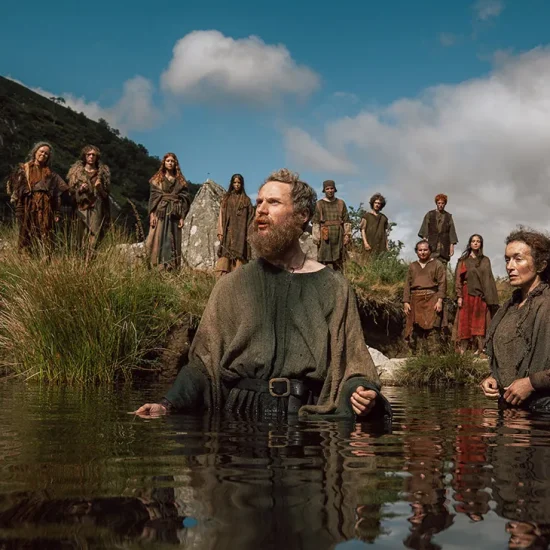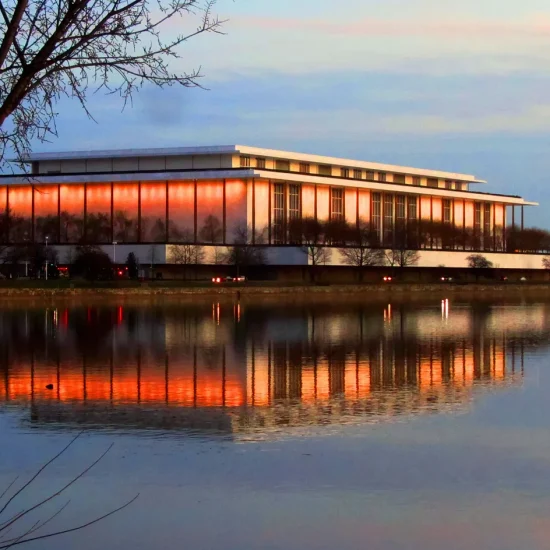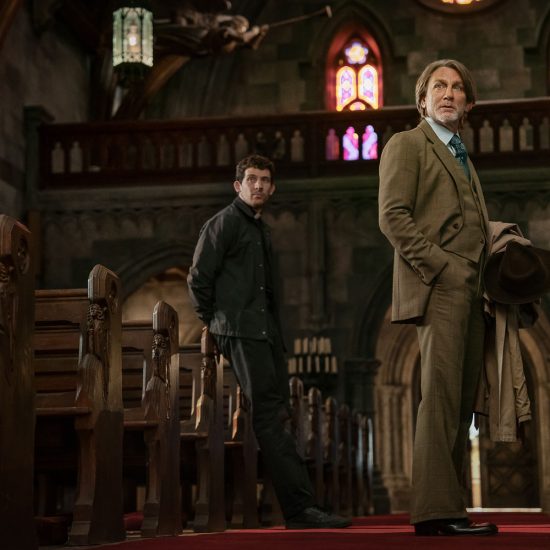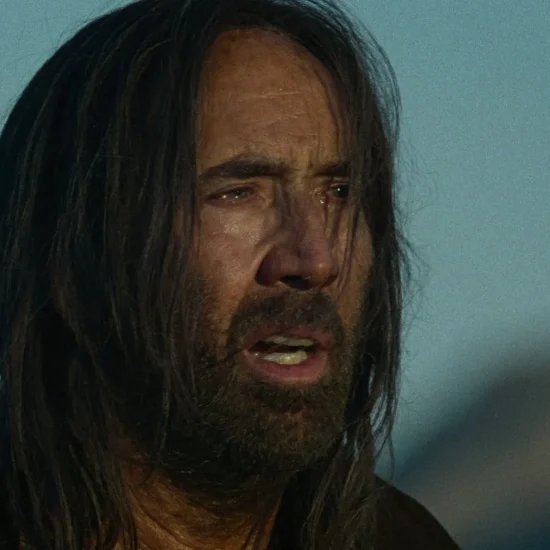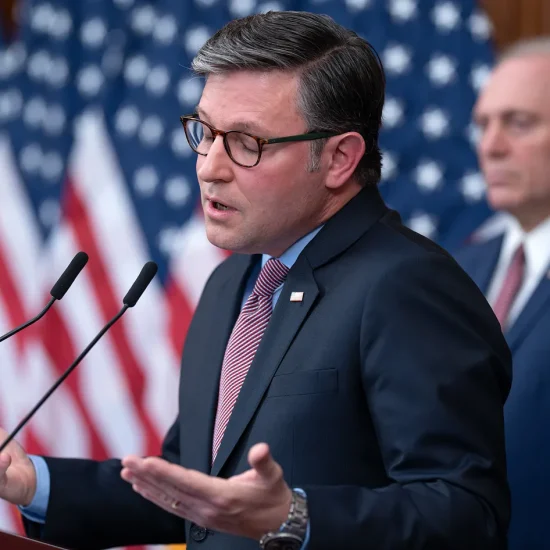
One might think the story of the day I became a Swiftie has something to do with my midwestern roots, my family being long-time Chiefs fans, and the golden girl entering the orbit of all the Kansas City supporters out there this fall thanks to her relationship with tight end Travis Kelce. No, in fact, this has led to consternation from my sons who do not want to wear their long-ago-acquired Chiefs’ gear to school in North Carolina, so as not to appear “bandwagon.” In the past, I may have bopped to Taylor Swift’s songs in exercise classes and on the radio, but I would have considered myself just a casual observer of the phenomenon. Why now declare fandom? Well, my endearment to Ms. Swift all started right after my dear grandmother died a few weeks ago.

Sarah Blackwell
After the obituary went out, my friend sent me a message: “Sarah, I just learned that your grandmother’s name is Marjorie [I always refer to her as Granny B]! I love that name, and you may know this, but Taylor Swift’s grandmother’s name is Marjorie. She wrote a song in memory of her, and I just had to share the lyrics with you.”
And so began my love affair with a song.
In the words of the song, I found a true and authentic expression of the grief I was holding in this giant pit inside of me but also the real feeling of my grandmother’s presence with me. The song helped the little moments of our life together come into focus in things as simple as a signature or a closet full of clothes. I was so thankful for someone seeing me in this moment — another granddaughter of a Marjorie. I also knew that it connected me to a larger story. It is sung by Swifties around the world at her concerts holding pictures of grandmothers. My sister heard it in the Eras movie tour and grieved there on the spot. It has steadily climbed my cousins’ Spotify playlists. You see, I know my loved ones are listening to it also. It remains a connection point across the time and space that separates us.
I have made it part of my grieving spiritual practice to play the song every morning. I was nervous to listen to it the day of my grandmother’s funeral, though. My brother and I were leading the service, and I knew that once I started to get emotional, it would be difficult for me to turn it off. It was like my eyes were a full pool and any additional drop in would cause tears to flow out uncontrollably. Yet, I still wanted to listen to the song. This time, though, I did not feel weepy. Instead, I felt empowered, strong. I paired it with a few of my favorite Avett Brothers songs and Chris Rice’s The Hymns Project album, and by the time I got back from my early morning walk, I was confident that I could do this. I was buoyed by the power of the music to calm my soul.
Calming our souls is something music has done for centuries. Several years ago, a deep question entered my heart when reading the lines from Matthew 27:46 where Jesus said from the cross, “My God, my God, why have you forsaken me?” These lines echo the first verse of Psalm 22. Knowing that these Psalms had been impressed upon the hearts of the Israelite people from a young age, I began to wonder, what if Jesus was simply recalling some song lyrics here? What if he is not just referencing this starting line of Psalm 22 but the entire message of the song?

Photo by Raphael Lovaski on Unsplash
It would be the same way that the first trilling notes of Swift’s “Marjorie” will always allow me to jump right to the heart of the song. I do not need to hear the whole thing — just the beginning suggests the full import of the lyrics. Could Jesus be invoking the same strategy? So, where does Psalm 22 go after the anguish of the beginning? By the end of the Psalm, we see “all the families of the nations” worshipping before the Lord (22:27). It closes with the lines, “Posterity will serve him; future generations will be told about the Lord, and proclaim his deliverance to a people yet unborn, saying that he has done it (22: 30).” What if in this one line, Jesus sends a message to the people that we are in the darkness now, but remember the ending? Remember how the song concludes! Remember how you feel at the end! I like to think that he assures them that we will be out of the darkness soon.
As the church, we know that music is a vital part of our worship services, but we have not always honored the other ways that music, both sacred and secular, can be used as a spiritual practice in and of itself. As you contemplate the role music plays in your life, here are some spiritual practices to consider:
- Make curated playlists. Think through the different emotions and seasons in your life. What songs capture the spirit of these moments? What songs help you regain a sense of wonder or hope? What songs allow you to wallow and grieve? What songs help you to relieve the frustrations and tensions in your life? Sometimes we even need to make a “prayer playlist.” What music can pray for you if you cannot find the words? Remember this is what the Psalms have been doing for generations.
- Learn a new instrument. For some reason, we task only young people with studying how to make instrumental music. I always admired my uncle who decided to take piano lessons with his children when they were young. We adults are bad at putting ourselves out there and looking like we are not good at something. However, the diligence of consistent practice is a parallel to the discipline needed in our own faith formation. Plus, we are rewarded with a gift we can share with others.
- Sing together. There is something amazing and uplifting about the joining together of different voices in harmony. The practice of singing together in public is rapidly declining, but we have all felt its power — even if it was joining in “Take me out to the ballgame” in the 7th inning or a collegiate fight song. It is one of the reasons that Taylor Swift’s concerts have made people feel so elated (even the movie theater versions where people have continued to sing together). It is good to feel unified with our fellow humans in community, and sometimes, setting aside our inhibition to sing is a perfect way to be vulnerable and open to each other. Joining a choir is one way to do so, but hosting a caroling party this holiday season is another way to invite others to participate in this practice together.
- Read the Psalms. In God’s first curated playlist, we find the full range of human emotion and the breadth and depth of our relationship with our creator. I like to picture the music that would go behind each of the Psalms. I mean doesn’t “Shout!” by the Isley Brothers come to mind when you read Psalm 100 or “Everybody Hurts” by REM with Psalm 55? Read and think about how each Psalm would have sounded to our ancestors.
- Write your own lyrics. Sometimes words sit heavy on our hearts and jumble in our brains. Take a bit of time to write out some song lyrics. The beauty of this is that the lines do not have to be in complete sentences. Snippets of thought can sit right alongside one another in the beautiful mystery that is song.
I think this is what music does for us: it reveals bits of the mystery of God. It helps us to remember that we are part of a larger story and that we are connected to those around us. It fills us with the spirit in a tangible way. We pass along our favorites to our children and grandchildren to hold as memories, rituals, and sacred rites. For example, you are not getting through September 21 without some Earth, Wind, and Fire played in our house or a trip to Missouri to see my dad without listening to at least one Johnny Horton song. With music, even when we are alone, we are not truly isolated as the lyrics and melodies have spoken to those who came before and those yet to come. And so, I will be forever indebted to Ms. Swift for laying her heart on the line to speak into the lives of those she has not even met. I know her Marjorie would be very proud of her.
Sarah Blackwell is a contributing writer at Word & Way and a graduate of the Gardner-Webb School of Divinity. She is an adjunct instructor in the Religion and Philosophy Department at Wingate University in Wingate, NC and a D.Min. student at McAfee School of Theology. 1989 is her favorite era. Her intergenerational faith formation book, God is Here is available through Amazon and other online book retailers. Follow her writings at www.proximitytolove.org.

